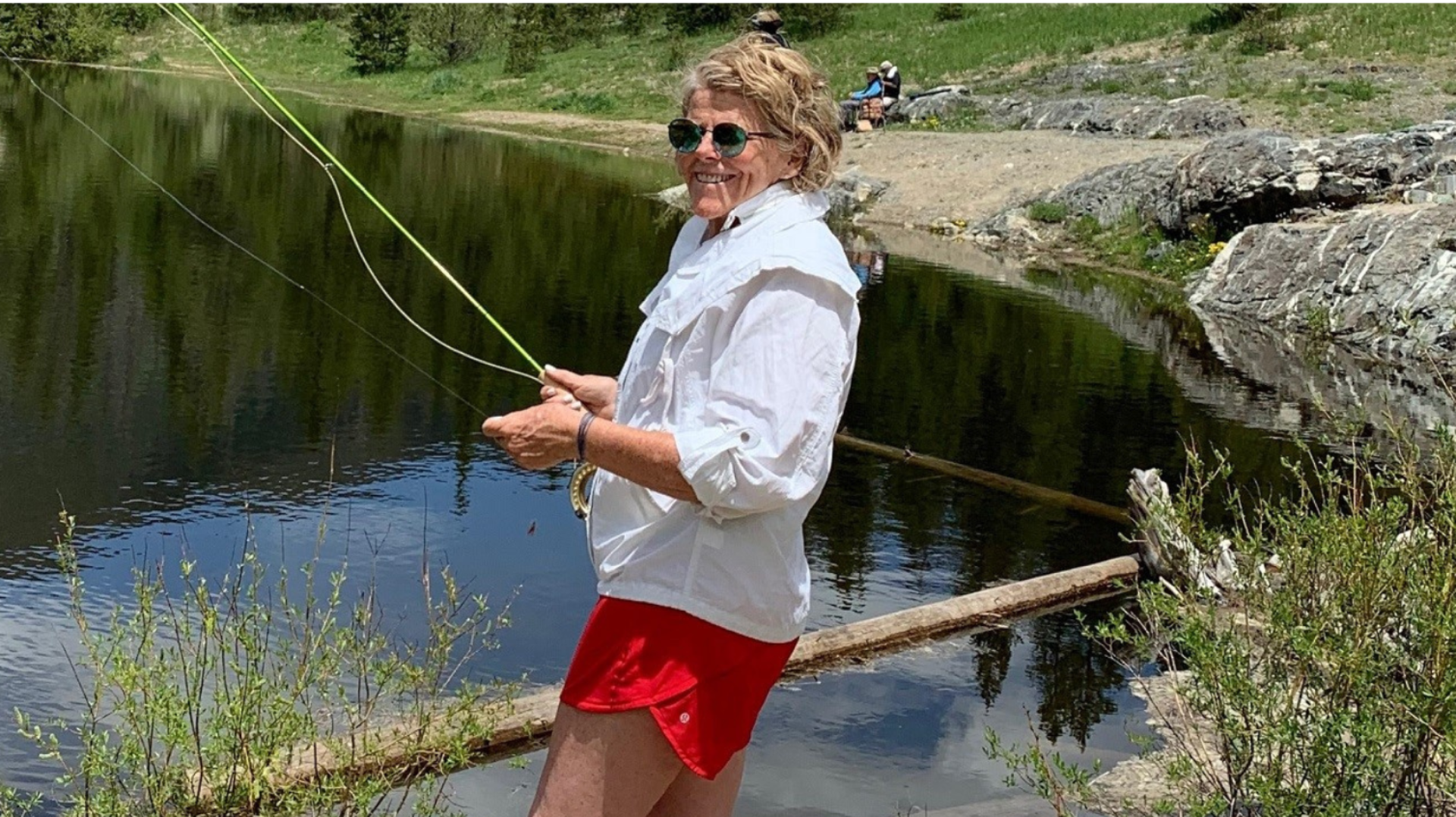Collagen: The Body’s Scaffolding Collagen isn’t just a buzzword in the skincare industry; it’s truly the body’s most abundant protein, making up roughly 30% of […]
Newsletter
Newsletter, 6/10/24 How to Release Scar Tissue
Microcurrent Therapy for Scar Tissue: A Promising Approach for Improvement Scars are a natural part of the healing process after an injury or surgery. While […]
Newsletter, 6/3/24 – Lets talk about acne
Honey and Acne: A Buzzworthy Treatment or Overhyped Fad? Acne is a common skin condition that plagues millions of people worldwide. In the quest for […]
Newsletter, 5/17/24
Finding Inner Peace: How Adaptogens Can Enhance Your Calm In today’s fast-paced world, staying calm can feel like a superpower. Deadlines loom, inboxes overflow, and […]
NEWSLETTER, 5/13/24
NEOGENTEK How It Works In this comprehensive 8-minute video, we delve into the intricacies of using our revolutionary 9-in-1 beauty wand to elevate your skincare […]
